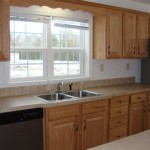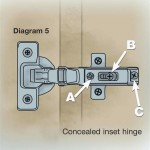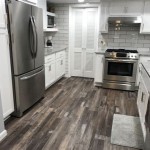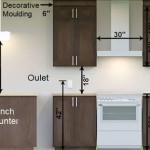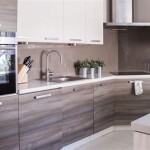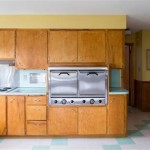Essential Aspects of Prefabricated Kitchen Cabinets
In the realm of kitchen design, prefabricated cabinets offer a myriad of advantages. Their precision engineering, customization options, and ease of installation make them a compelling choice for both homeowners and professionals alike. This article delves into the essential aspects of prefabricated kitchen cabinets, providing insights into their benefits, materials, finishes, and installation.
Benefits of Prefabricated Kitchen Cabinets
Prefabricated kitchen cabinets come with a range of benefits that enhance the functionality and aesthetics of the kitchen space. Firstly, their modular design allows for easy customization, enabling homeowners to create a kitchen that perfectly suits their needs and preferences. The cabinets are available in various sizes, styles, and finishes, providing ample flexibility in designing the kitchen layout.
Moreover, prefabricated cabinets offer significant time savings during installation. As they are manufactured and pre-assembled in a controlled factory environment, the installation process is streamlined, reducing the disruption to the homeowner's daily routine. This efficiency makes them an attractive option for those seeking a quick and hassle-free kitchen renovation.
Materials and Finishes
Prefabricated kitchen cabinets are typically constructed from high-quality materials such as wood, laminate, or metal. Wood cabinets provide a classic and sophisticated look, while laminate cabinets offer a wider range of color and texture options at a more affordable price. Metal cabinets, on the other hand, are highly durable and resistant to wear and tear.
In terms of finishes, prefabricated cabinets come in a variety of options, including paint, stain, or laminate. Painted cabinets offer a smooth and glossy finish, while stained cabinets showcase the natural beauty of the wood grain. Laminate cabinets provide a durable and easy-to-clean surface, making them ideal for high-traffic areas.
Installation Process
The installation of prefabricated kitchen cabinets is relatively straightforward, making it a suitable option for both DIY enthusiasts and professional contractors. The cabinets come with pre-drilled holes for easy assembly and can be secured to the walls using screws or brackets. Homeowners should ensure that the wall surfaces are level and plumb before installing the cabinets.
For professional installation, it is recommended to hire a licensed contractor who specializes in kitchen renovations. A qualified contractor can ensure proper alignment, secure installation, and handle any electrical or plumbing requirements associated with the cabinet installation.
Conclusion
Prefabricated kitchen cabinets offer numerous advantages for homeowners seeking a functional and aesthetically pleasing kitchen space. Their modular design, high-quality materials, and efficient installation process make them an attractive choice for both DIY enthusiasts and professional contractors. By carefully considering the benefits, materials, finishes, and installation requirements, homeowners can create a customized kitchen that meets their specific needs and preferences.

Custom Vs Semi Prefab Kitchen Cabinets Laurysen Kitchens

Custom Vs Semi Prefab Kitchen Cabinets Laurysen Kitchens

The Difference Between Custom Vs Semi Prefab Kitchen Cabinets

Which Is Better Prefabricated Or Custom Made Cabinets

Custom Cabinetry Prefab Or Semi What Is The Difference Construction2style

Prefabricated Vs Custom Cabinets Douglas Residential Renovations

Value Of Custom Kitchen Cabinets Vs Prefabricated Rta

The Big Decision Custom Vs Prefabricated Cabinets

Pros And Cons Custom Cabinets Vs Prefabricated

Modular Kitchen In Singapore Sdydecor Com
Related Posts

